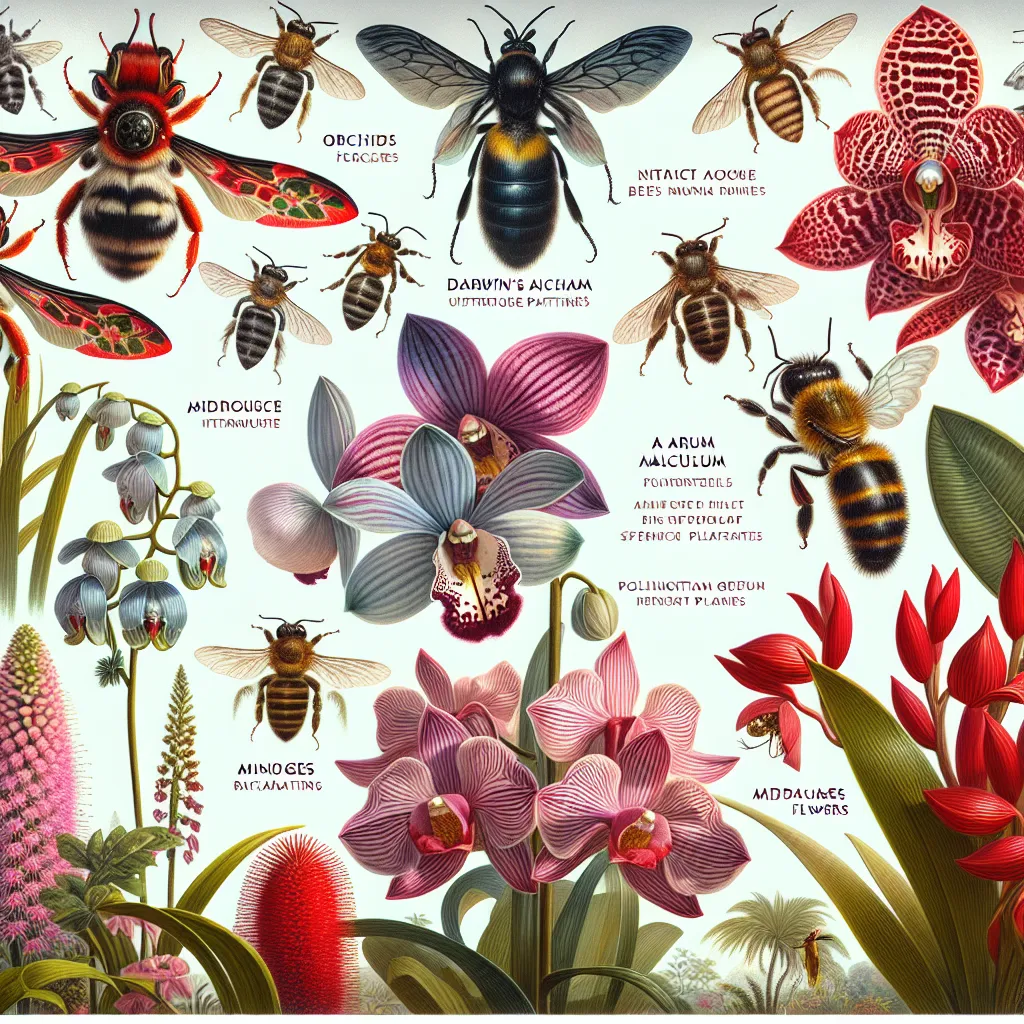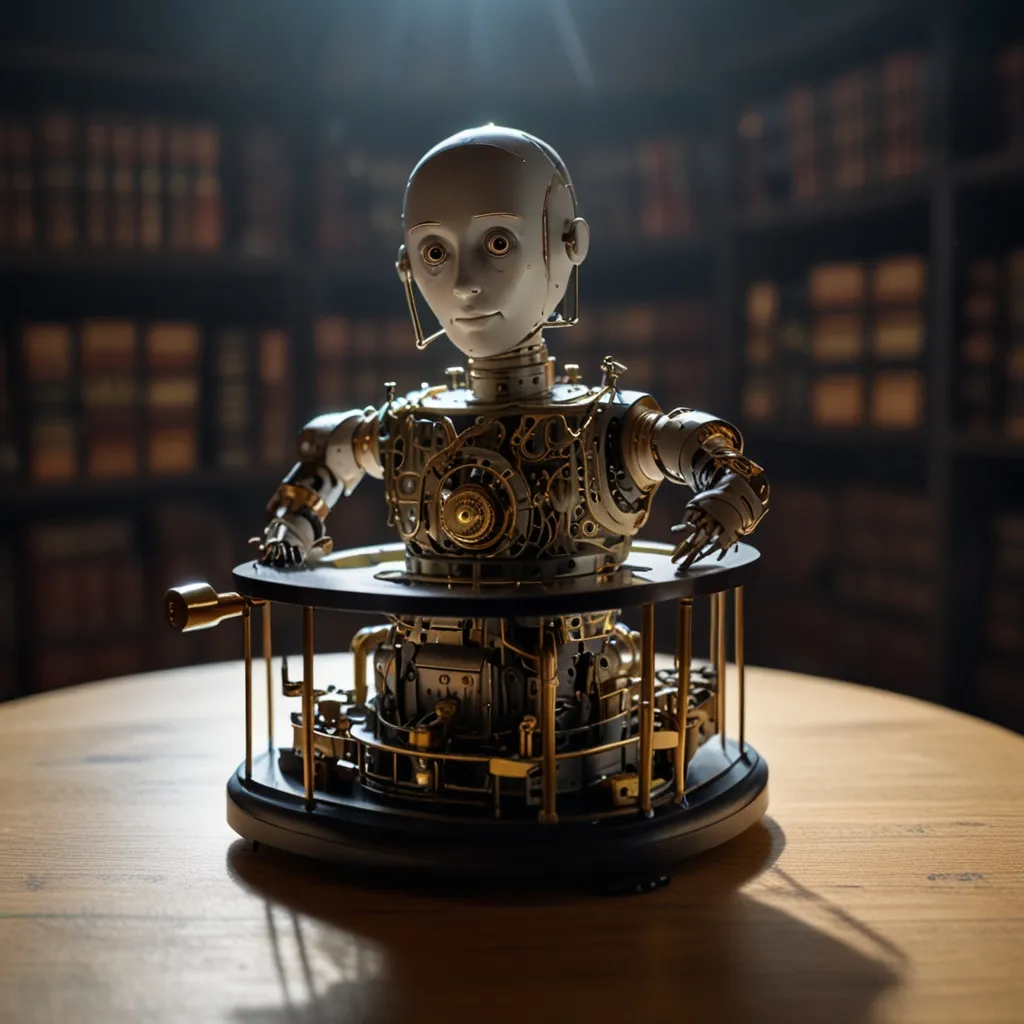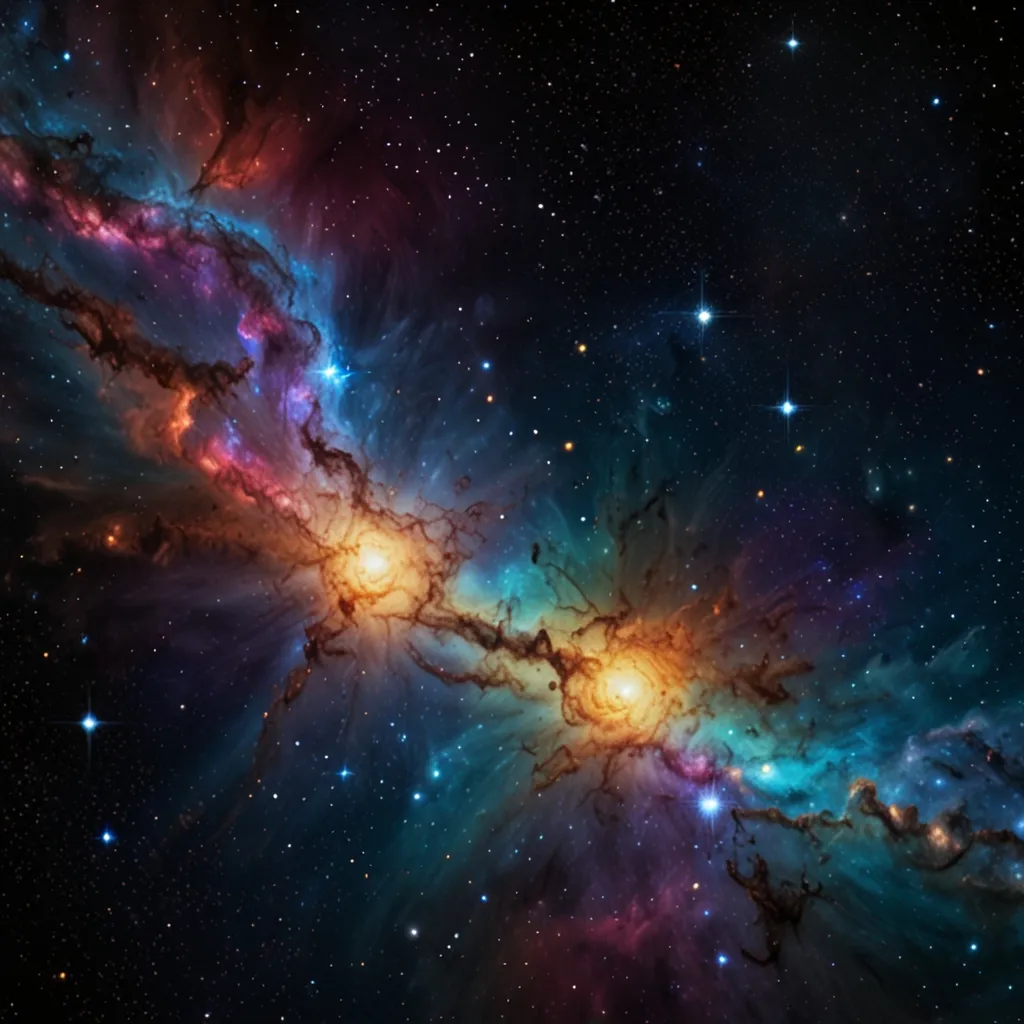On nights when you escape the city lights, you get to peer into the vast universe surrounding us. It’s fascinating to think that everything you see, from stars to planets, is governed by the same force—gravity. This force is what binds stars to galaxies, planets to stars, and keeps us grounded on Earth.
We’ve understood gravity for ages, and Isaac Newton provided the first mathematical model for it over 350 years ago. His equation was a game-changer, even though we later discovered its limitations. In 1915, Einstein’s theory of general relativity took over, fixing Newton’s inaccuracies and allowing us to explain phenomena like black holes and gravitational lensing. Relativity even helped us build models of the entire universe, often known as the Big Bang Theory.
But fast forward to today, and we know that general relativity is also incomplete. At its core, the universe appears to be quantum, not classical, and while Einstein’s theory is classical, quantum mechanics rules the microcosmos. When we try to merge these two, the results are baffling, leading to the question: do we even need a quantum model of gravity?
The short answer is yes. All other fields in nature are quantized, so making an exception for gravity doesn’t make sense. More importantly, general relativity breaks down under extreme conditions, like near the Big Bang or inside black holes, where it implies the existence of singularities, objects with mass but no volume, which seems absurd.
When we look at Einstein’s equations, we see a problem: they describe curvature on a continuous SpaceTime fabric but deal with matter that’s fundamentally quantum. This clash between continuous and quantized descriptions shows that we’re trying to mesh incompatible math.
Einstein didn’t have to deal with quantum mechanics when he formulated his theories. Quantum mechanics hadn’t fully emerged yet. But for our theories to be compatible with the quantum nature of matter, they must evolve.
Imagine what a working quantum theory of gravity would look like. It would need to mesh gracefully with special relativity, represented by the speed of light, and with quantum mechanics, represented by Planck’s constant, while also incorporating gravity.
Turn off all three constants—speed of light, Planck’s constant, and gravitational constant—and you get simple classical mechanics without gravity. Turn on Planck’s constant alone, you get quantum mechanics. Turn on gravity alone, you get Newtonian gravity. Turn on the speed of light alone, you get special relativity. Turn on both the speed of light and gravity, you get general relativity. Turn on the speed of light and Planck’s constant, you get Quantum Field Theory, which underpins the Standard Model of particle physics.
But to create a theory of quantum gravity, you have to turn on all three: speed of light, Planck’s constant, and gravity. This is where things get tricky. General relativity deals with SpaceTime itself, while other forces operate within SpaceTime. Trying to quantize SpaceTime itself is incredibly complex.
All other quantum theories of physics start with a classical model and turn it quantum, and this works well for things like electromagnetism. But try that with gravity, and you end up with unmanageable infinities. This is because general relativity is about the geometry of SpaceTime, not events within it. A quantum theory of gravity suggests we need a quantum theory of SpaceTime, which is difficult because SpaceTime in quantum mechanics would be dynamic and changeable, making it hard to pin down.
Should we fit other forces into the framework of general relativity instead? This was attempted by Theodore Kaluza in 1919 when he extended Einstein’s equations to five dimensions. He found that the added dimension explained electromagnetism. Later, physicist Oskar Klein suggested this fifth dimension might be tiny and undetectable, an idea that re-emerged in string theory.
String theory posits that the smallest scales in the universe are not points but one-dimensional strings vibrating in multiple dimensions. These vibrations explain the different fundamental particles. One particular vibration in ten dimensions equates to a graviton, a theoretical particle that would carry gravitational force, sparking interest in string theory as a model for quantum gravity.
Another approach is Loop Quantum Gravity, which quantizes SpaceTime itself, suggesting that SpaceTime is woven from finite loops, like a fabric. This theory predicts that space and time come in the smallest possible units, Planck’s length and time. However, no experimental evidence has yet confirmed these predictions.
Despite the difficulties, pursuing a quantum theory of gravity remains vital. Our current theories, general relativity, and Quantum Field Theory, are incomplete. They can’t explain phenomena like singularities or reconcile with our understanding of the quantum world. A more complete theory could unlock mysteries like dark matter, dark energy, and even lead us to a unified Theory of Everything.
Even though we haven’t cracked this problem yet, understanding quantum gravity would be a colossal leap forward, bringing us closer to understanding how the universe truly works.






